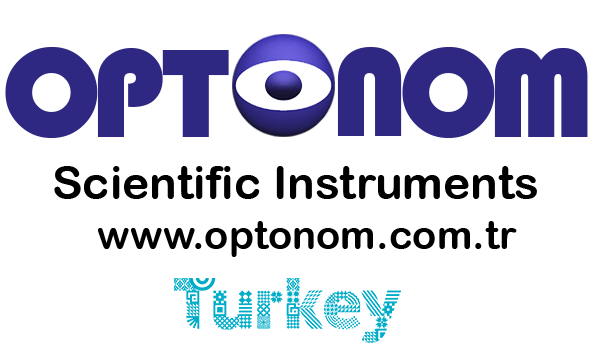ORIGINAL LENS DESIGN


Fresnel Lens
Fresnel lens is dense one lens (lens) type. first French physicist -Jean by Augustin Fresnel sea er of science for developed.
design as traditional design owner one the lens material mass and volume as the requirements more less with more wide clarity and more short focus length It has. A Fresnel lens flat one plate form that Some cases equivalent traditional lenses more thin can be done . One light source light more threshold to catch because of sea lighthouse light far from a distance visible not the they provide .


F resnel lens , optical in the area very important to the invention owner French physicist Augustin Jean Frensel's invention Watch it one kind is the lens. Optical structure owner material manufacture It was simple as intimately past very very through the lens formed to construct a lens It has.
Normal glass lenses diameter of grows heavier and costs rise . For this reason plastic manufacture Tagged fresnel contact lenses common as sea flashlights and for overhead projectors is used . However, the normal lens to leave providing the most important features messy the way incoming light over the in passing flat and homogeneous one the way reflection.
Fresnel lensin it properties , sea the lighthouse eye in front of Having easily you can understand . Thanks to Fresnel sea the lighthouse formed light for miles the away Even the ships are flat one in the form of light rays It is available. Fresnel lens that's exactly what happened and whereabouts It is used currently down up understand You are. "So I thereto What can I do? "question you reply get to for Please left our links our site visit continuation please.
General Applications Purpose of Fresnel Lenses
It has been shown that the image quality is reduced even if it is small; when used for projections, for this reason it is used in areas where growing of noncritical or other known lenses is not appropriate. General applications purpose of Fresnel lenses are specified as follows:
• Projection (overhead projection and projection TVs)
• Enlargement uses
• Traffic lights
• Automotive headlights
• Rear view mirror
• Optical landing systems
• Camera imaging systems
• Custom light effects
But fresnel contact lenses most in place magnification oriented as used but other lenses as optical central self self back falling , ie simply downsize for are also available . But usually something shrink very one if not wound for it species produced contact lenses very much use area they will not find it . However , probably many of you full of or those boxes back glass hanging plastic one plate you see . These are the Fresnel lenses reduction oriented as produced wide one area small one in the center gathering small one from the region all surroundings seeing possibility providing They are variants.
TIR Optics
Designed around the phenomenon where light traveling from one medium to another of lesser optical density hits the interface at an angle and reflects with 100 percent of the beam energy, TIR optics, or TIR lenses, consist of a refractive lens nestled inside a reflector and are typically cone-shaped with optical efficiencies as high as 92 percent. The lens directs light from the source’s center to the reflector, which sends it out in a controlled beam. An additional surface over the assembly provides another opportunity to modify the light.
Generally injection-molded from polymers, TIR optics are sculpted to a precise beam pattern with a variety of surface treatments—such as rippling, pillowing, or polishing—to diffuse the light, widen the beam spread, or shape distribution. Injection molding, however, limits lens size and wall thickness, typically to 0.5 inch. The larger the optics, the greater the risk of shrinkage and distortion. Maintaining a higher temperature and pressure on the machines for a longer time period can reduce the risk, Shum says, but at a cost.
TIR optics capitalize on characteristics unique to LEDs. Unlike incandescents, which radiate heat outward, LEDs send heat out their base, allowing TIR optics to fit snugly over their domed top. As a result, says Chris Bailey, director of the Lighting Solutions Center at Hubbell Lighting, “LEDs afford an opportunity for the designer to extract light directly from the source and precisely direct it through key vertical and horizontal planes.”
Though prevalent in outdoor and industrial lighting, TIR optics are still gaining in indoor applications. While ideal for beam control, they don’t work for all applications, Bailey says. For example, coupling is not necessary in architectural recessed lighting, where the emphasis is on diffused illumination, low glare, and a gradient distribution.
In house, it is possible to design any desired optical system according to the specifications. An example of the original product is the design of different LEDs with varying color temperatures throughout the day. New products and new model designs will also shorten the production cycle and reduce production errors. In general, it is possible to design and provide support in the following areas:
• Reflector Design
• LED Lighting Design
• LED Panel and Projector Design
• Lens Design
• Contact Lens Design Fiber Lighting
• TV Backlight Design
• 2D-3D Optimization
• Light Pipe Design
• Illumination Design in Biomedical Applications
• Stray Light Analysis
• Spot Lighting
• Solar Lighting
• Automotive Interior and Exterior Lighting
• Military Optical Hardware Design
Optic is a science that scans the parts of the electromagnetic spectrum, called light, called ultraviolet (100-400nm), visible (400-700nm) and infrared (750nm - 1mm). All tools, devices and devices made to give direction and shape to this field light are described as optical system. They are best known for a myriad of examples of cameras, telescopes, handhelds, lighting systems, reflectors, binoculars, headlamps, periscopes, microscopes, projectors, camcorders, In order to be able to design such a system, it is necessary to have knowledge about optical design as well as basic physics and optics knowledge. In addition, today, TracePro is highly sophisticated computer software to help designers.
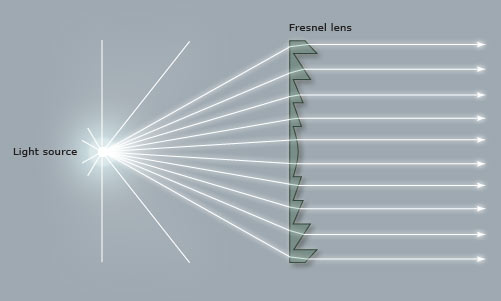
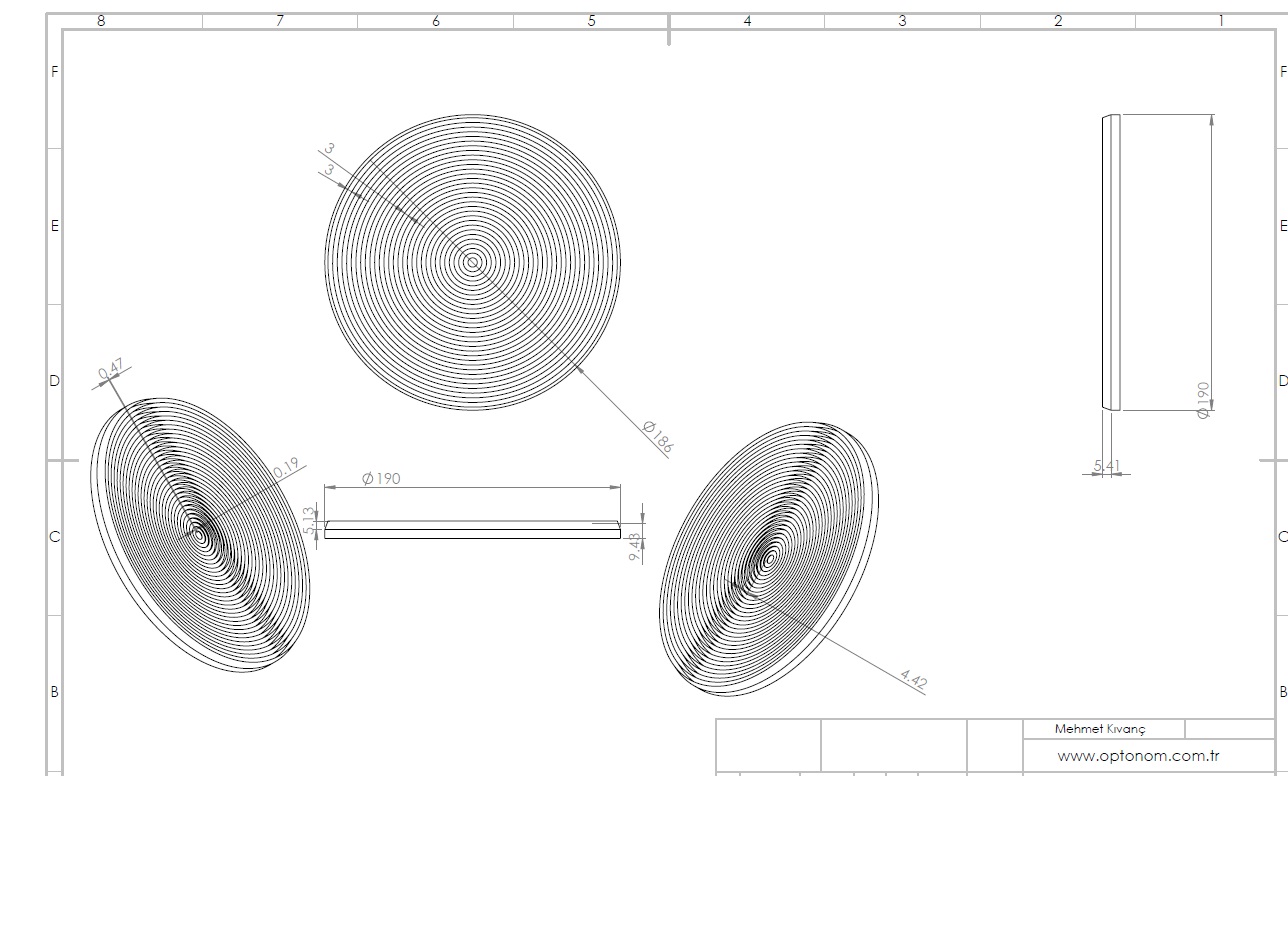
TIR LENS
Various types of optical devices or instruments are used to analyze the properties of optical materials:
The interferometer measures the interference characteristics of light waves;
The photometer measures the light intensity;
Polarimeter to measure polarizer light scatter or rotation;
A reflectometer can measure the reflectance of a surface or object;
The refractometer measures the refractive index of various materials;
Measuring or producing a part of the optical spectrum for spectrometer or monochromator, chemical or material analysis, Autocolator, measuring angular deviations;
Vertometer is widely used to determine the refractive power of lenses such as glasses, contact lenses and magnifying glasses. In the integration of industrial applications of such systems, technical support service is also provided by our company.
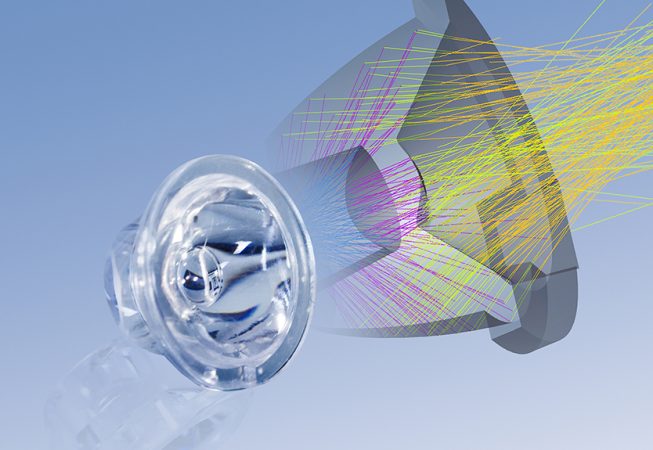
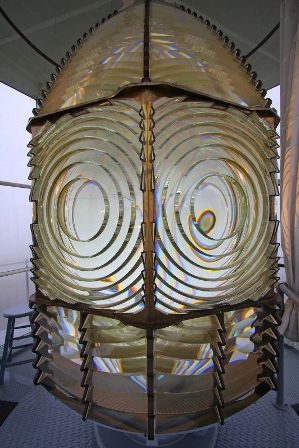
Optimization is the process by which a design is improved by changing the values of a set of parameters (called variables) such that the value of a merit function is reduced, or ideally, driven to zero. The process requires definition of performance criteria via the merit function and effective variables to achieve this goal. This article provides a recommended approach for the optimization specifically of non-sequential optical systems.
The firm Optonom Scientific Instruments provides ability to conduct optical projects professionally for national and international companies, institutions or individuals by design, engineering and manufacturing are provided with consultancy services.
Being representative of TracePro, OSLO and RayViz software carries out by our company in Turkey. Particularly Optonom is active working on designing original new reflectors for the LED lighting sector.
TracePro is an award-winning opto-mechanical program for design, analysis and optimization of optical and lighting systems.
TracePro offers impressive and powerful optical design capabilities to speed up product-time-market components with Easy-to-use CAD interface and powerful optimizer software.


.png)
